प्याज की खेती एक महत्वपूर्ण कृषि प्रक� ...
The winter season is an excellent time for farmers, especially for cultivating vegetables. Vegetables grown in cold weather have high quality, good yield, and require relatively low costs, providing farmers with a valuable opportunity to increase profits. In this article, we will discuss some key winter vegetables and provide tips on cultivating them to help you achieve higher yields and profits.
सर्दियों का मौसम किसानों के लिए बहुत अच्छा समय होता है, खासकर सब्जियों की खेती के लिए। ठंडे मौसम में उगाई जाने वाली सब्जियाँ कम लागत में उच्च गुणवत्ता और अच्छा उत्पादन देती हैं, जिससे किसानों को अधिक मुनाफा कमाने का अवसर मिलता है। इस लेख में हम आपको कुछ प्रमुख सर्दियों की सब्जियों और उनके खेती के सुझावों के बारे में बताएँगे, जो आपको अधिक उत्पादन और मुनाफा पाने में मदद कर सकते हैं...
बुवाई का समय: फूलगोभी की बुवाई का सबसे अच्छा समय अक्टूबर से दिसंबर तक होता है।
जलवायु और मिट्टी: यह अच्छी जल निकासी वाली दोमट मिट्टी में सबसे अच्छी तरह उगती है। ठंडी जलवायु इसके विकास के लिए सर्वोत्तम है।
बुवाई और देखभाल: बीजों को 1-1.5 सेंटीमीटर गहराई में बोएं और लगभग 15-20 दिनों बाद पौधों को खेत में रोपें। गोभी में अच्छी वृद्धि के लिए नाइट्रोजन की आवश्यकता होती है, इसलिए खाद का उचित प्रयोग करें।
फायदे: बाजार में फूलगोभी की उच्च मांग है, जिससे किसानों को अच्छी कीमत मिलती है।
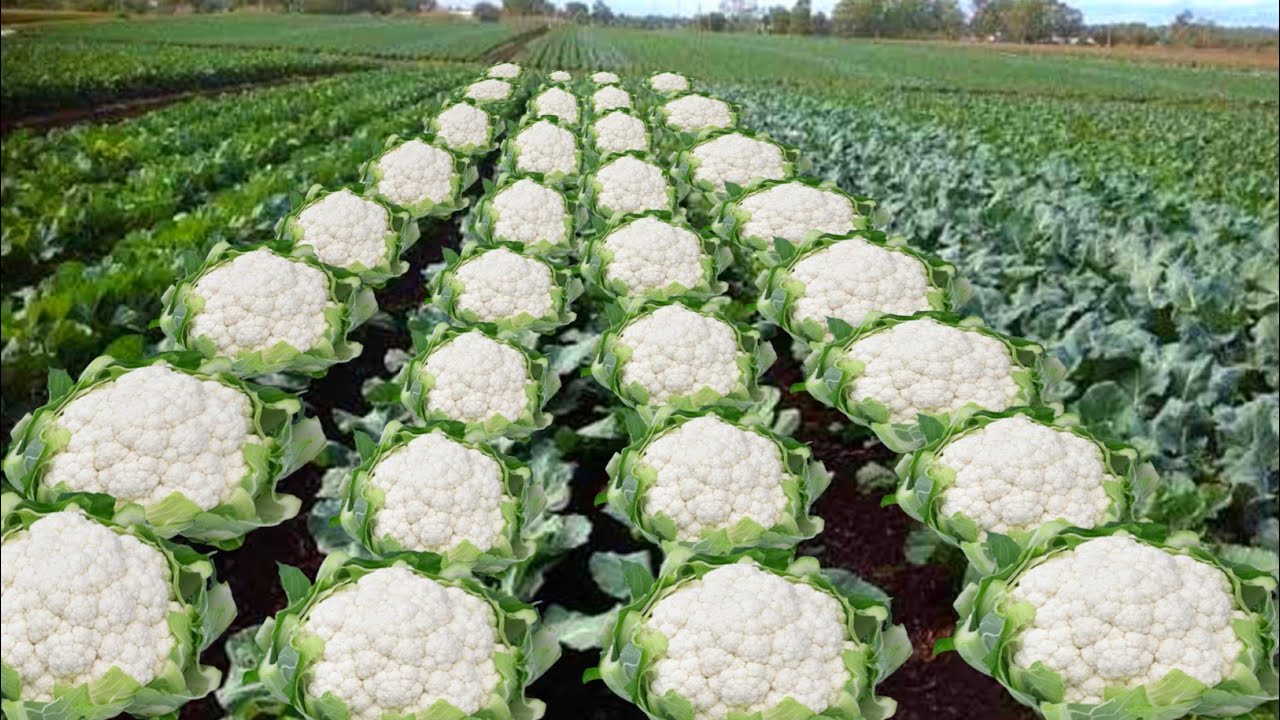
बुवाई का समय: मटर की बुवाई के लिए नवंबर से दिसंबर का समय सबसे उचित माना जाता है।
जलवायु और मिट्टी: ठंडी और शुष्क जलवायु मटर की खेती के लिए अनुकूल होती है। दोमट मिट्टी इस फसल के लिए उपयुक्त है।
बुवाई और देखभाल: बीजों को 5-6 सेंटीमीटर की दूरी पर बोएं और आवश्यकता अनुसार सिंचाई करें। ध्यान रहे कि अधिक पानी से जड़ें सड़ सकती हैं।
फायदे: मटर का उपयोग सब्जी और पशु आहार दोनों में होता है। इसे बेचना भी आसान है क्योंकि इसकी मांग हमेशा बनी रहती है।
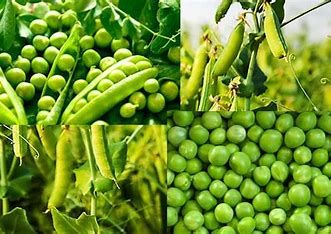
बुवाई का समय: गाजर की बुवाई अक्टूबर से दिसंबर तक कर सकते हैं।
जलवायु और मिट्टी: इसे ठंडे मौसम और रेतीली दोमट मिट्टी में उगाना सर्वोत्तम रहता है।
बुवाई और देखभाल: बीजों को 1-2 सेंटीमीटर गहराई में बोएं और हल्की सिंचाई करते रहें। जड़ों के अच्छे विकास के लिए मिट्टी को ढीला रखें।
फायदे: गाजर की बाजार में सर्दियों के दौरान अच्छी मांग होती है और इसका उपयोग सलाद, जूस और विभिन्न व्यंजनों में होता है।
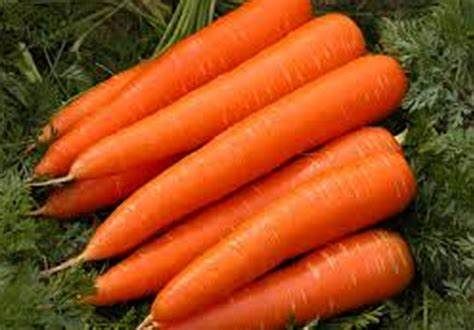
बुवाई का समय: मूली की बुवाई अक्टूबर से दिसंबर तक कर सकते हैं।
जलवायु और मिट्टी: ठंडी जलवायु और अच्छी जल निकासी वाली मिट्टी में मूली की खेती बेहतर होती है।
बुवाई और देखभाल: बीजों को 2-3 सेंटीमीटर गहराई में बोएं और सिंचाई का ध्यान रखें। यह फसल 25-30 दिनों में तैयार हो जाती है।
फायदे: मूली जल्दी तैयार हो जाती है और इसका उपयोग सब्जी और सलाद में किया जाता है। इससे किसान जल्दी मुनाफा कमा सकते हैं।
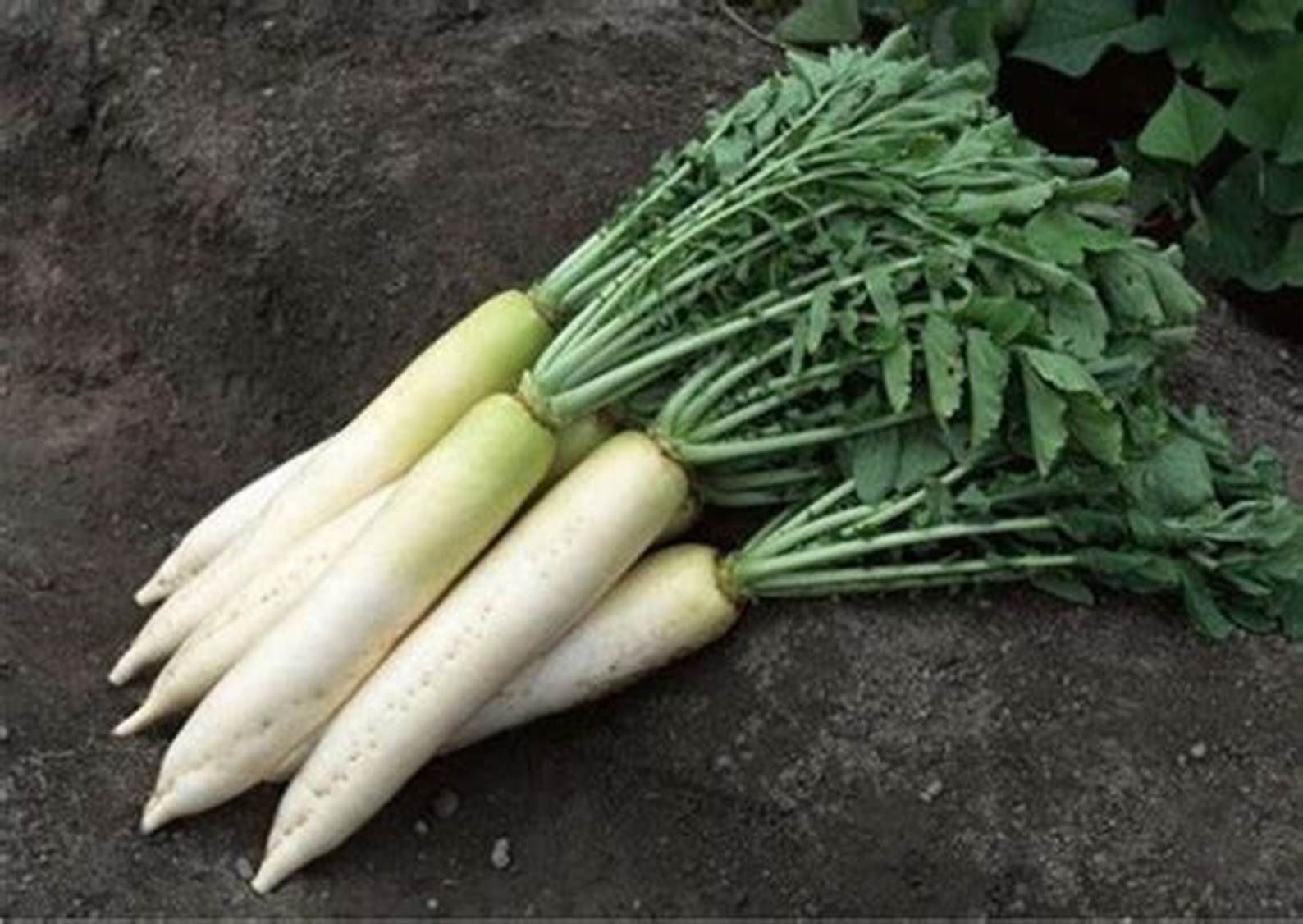
बुवाई का समय: पालक की बुवाई का सही समय अक्टूबर से फरवरी तक होता है।
जलवायु और मिट्टी: ठंडी जलवायु और दोमट मिट्टी में पालक की खेती बेहतर होती है।
बुवाई और देखभाल: बीजों को सीधे खेत में 1-1.5 सेंटीमीटर गहराई में बोएं और हल्की सिंचाई करें। पालक जल्दी बढ़ता है, इसलिए इसे नियमित रूप से काट सकते हैं।
फायदे: पालक सर्दियों में विशेष रूप से लोकप्रिय होती है और इसका उपयोग कई व्यंजनों में होता है, जिससे किसानों को अच्छा मुनाफा मिलता है।
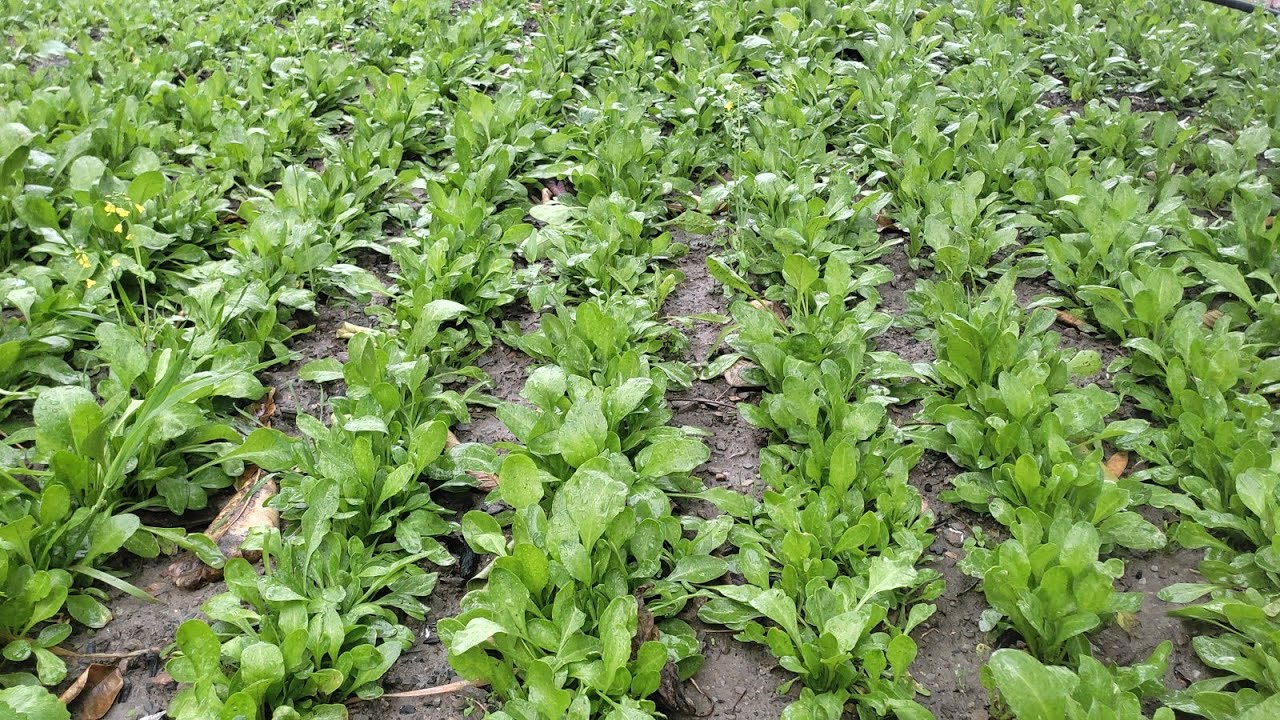
उन्नत बीजों का उपयोग: उच्च गुणवत्ता वाले और रोग-प्रतिरोधी बीजों का चयन करें। इससे उत्पादन में सुधार होता है और रोगों की संभावना कम होती है।
खाद और उर्वरक का सही प्रयोग: जैविक खाद और उर्वरक का प्रयोग फसल की गुणवत्ता में सुधार करता है और मिट्टी की उर्वरता को बनाए रखता है।
जल प्रबंधन: ठंड के मौसम में सिंचाई की आवश्यकता कम होती है, लेकिन नियमित अंतराल पर हल्की सिंचाई फसलों के लिए लाभकारी होती है।
बाजार की मांग का ध्यान: सर्दियों में बाजार में सब्जियों की मांग के अनुसार फसलों की बुवाई करें। इससे समय पर उपज बेचने और अधिक मुनाफा कमाने में मदद मिलती है।
जलवायु के अनुसार देखभाल: ठंड और पाले से फसलों को बचाने के लिए उचित देखभाल करें, जैसे रात के समय कवर करना आदि।
यह भी पढ़ें: सितंबर में उगाने वाली सब्जियाँ | अक्टूबर में लगाने वाली सब्जियाँ
सर्दियों के मौसम में सब्जियों की खेती किसानों के लिए एक अच्छा अवसर है, क्योंकि इस समय की सब्जियों की मांग हमेशा बनी रहती है। अच्छी योजना और सही तकनीक का उपयोग कर किसान अपने उत्पादन को बढ़ा सकते हैं और अधिक मुनाफा कमा सकते हैं। उम्मीद है कि ये सुझाव आपके लिए लाभदायक सिद्ध होंगे और आपकी खेती में सकारात्मक बदलाव लाएंगे।
कृषि से संबंधित वीडियो देखने के लिए यहाँ क्लिक करें: YouTube
Sowing Time: October to December is the best time for sowing cauliflower.
Climate and Soil: Cauliflower grows best in loamy soil with good drainage, and cold weather is ideal for its growth.
Sowing and Care: Sow seeds 1-1.5 cm deep and transplant seedlings into the field after about 15-20 days. Cauliflower requires nitrogen for proper growth, so make sure to use appropriate fertilizers.
Benefits: Cauliflower has high demand in the market, providing farmers with good prices.
Sowing Time: November to December is ideal for sowing peas.
Climate and Soil: Peas thrive in cool, dry climates and grow best in loamy soil.
Sowing and Care: Sow seeds about 5-6 cm apart and water as needed, being cautious not to overwater, as this can cause root rot.
Benefits: Peas are used as both a vegetable and animal feed, and their demand remains constant, making them easy to sell.
Sowing Time: October to December is the optimal period for sowing carrots.
Climate and Soil: Carrots grow best in cold weather and sandy loam soil.
Sowing and Care: Sow seeds 1-2 cm deep and water lightly. Keep the soil loose for good root development.
Benefits: Carrots are in high demand during winter for use in salads, juices, and various dishes, offering good market opportunities.
Sowing Time: October to December is ideal for sowing radishes.
Climate and Soil: Radish grows well in cold climates with well-drained soil.
Sowing and Care: Sow seeds 2-3 cm deep and water carefully. Radishes mature quickly and can be harvested in 25-30 days.
Benefits: Radishes are fast-growing and popular in salads, allowing farmers to make quick profits.
Sowing Time: October to February is the best time to sow spinach.
Climate and Soil: Spinach grows well in cold climates and loamy soil.
Sowing and Care: Sow seeds directly in the field 1-1.5 cm deep and water lightly. Spinach grows quickly and can be harvested regularly.
Benefits: Spinach is especially popular during winter and is used in many dishes, making it profitable for farmers.
Use Quality Seeds: Choose high-quality and disease-resistant seeds to improve yield and reduce the risk of disease.
Apply Fertilizers Wisely: Using organic fertilizers and compost improves crop quality and maintains soil fertility.
Water Management: Winter crops require less water, but light watering at regular intervals benefits the crops.
Focus on Market Demand: Grow crops based on winter market demands to ensure timely sales and better profits.
Protect from Frost: Take measures to protect crops from cold and frost, such as covering them at night when necessary.
The winter season offers a great opportunity for vegetable farming, as winter vegetables have consistent market demand. With good planning and proper techniques, farmers can increase their yield and maximize their profits. We hope these tips will prove beneficial and bring positive changes to your farming practices.
0
0
प्याज की खेती एक महत्वपूर्ण कृषि प्रक� ...
Potatoes are a versatile and widely consumed root vegetable, rich in nutrients such as carbohydrates ...
Garlic is a widely used spice and medicinal plant cultivated for centuries. It is known for its spic ...
Coriander farming offers lucrative returns for farmers due to its high demand in the culinary and me ...
September is an ideal month for sowing various vegetables that can be harvested in the cooler months ...
Ghiya, also known as bottle gourd, is a popular and nutritious vegetable grown in many parts of Indi ...
Tomato farming is a popular agricultural practice due to the high demand for tomatoes worldwide. It ...
खीरा की खेती एक लाभदायक कृषि व्यवसाय ह ...
अक्टूबर का महीना शरद ऋतु का प्रारंभ हो ...
Beetroot cultivation is a profitable agricultural venture that involves growing a nutritious root ve ...
Tauri, also known as Ridge Gourd, is a popular vegetable cultivated in many parts of Asia. It is hig ...
Eggplant, also known as Brinjal or Solanum melongena, is a widely cultivated vegetable in India, pri ...
Pea (Pisum sativum) is one of the major legume crops in India, used both as a vegetable and a pulse. ...
Chickpea (Cicer arietinum) is an important pulse crop, particularly grown in India. Its cultivation ...
Sem, also known as ‘Beans,’ is a significant leguminous crop that is not only rich in nutrition ...
Bathua (Chenopodium album) is a nutritious leafy vegetable commonly grown during the winter season i ...
Lentils (Lens culinaris) are a valuable pulse crop grown in India during the Rabi season. Known for ...
After harvesting rice, it is important for farmers to plan for the next crop. This is the time when ...
December marks the beginning of winter, making it an ideal time for vegetable farming. This season p ...
Red spinach, known as "लाल साग" in Hindi, is a nutrient-rich leafy vegetable that stands ...
There’s something special about enjoying freshly grown vegetables from your own home. It’s not o ...
February is an important time for agriculture, especially for farmers who are preparing for rabi and ...
Fruit drop or lack of fruiting in bottle gourd plants is a common issue, whether they are grown in s ...